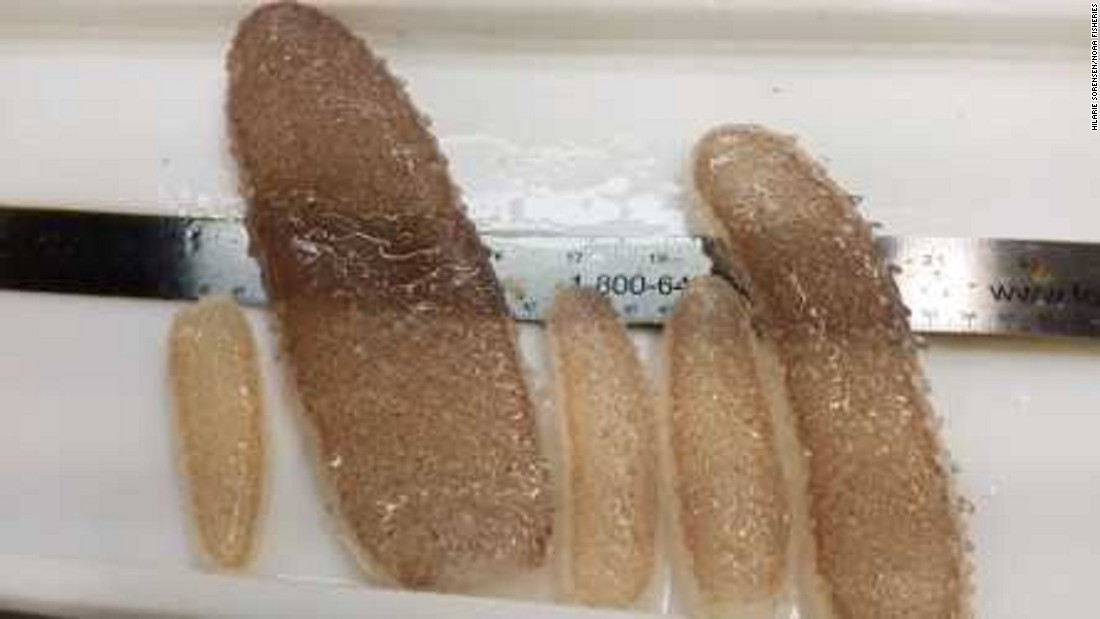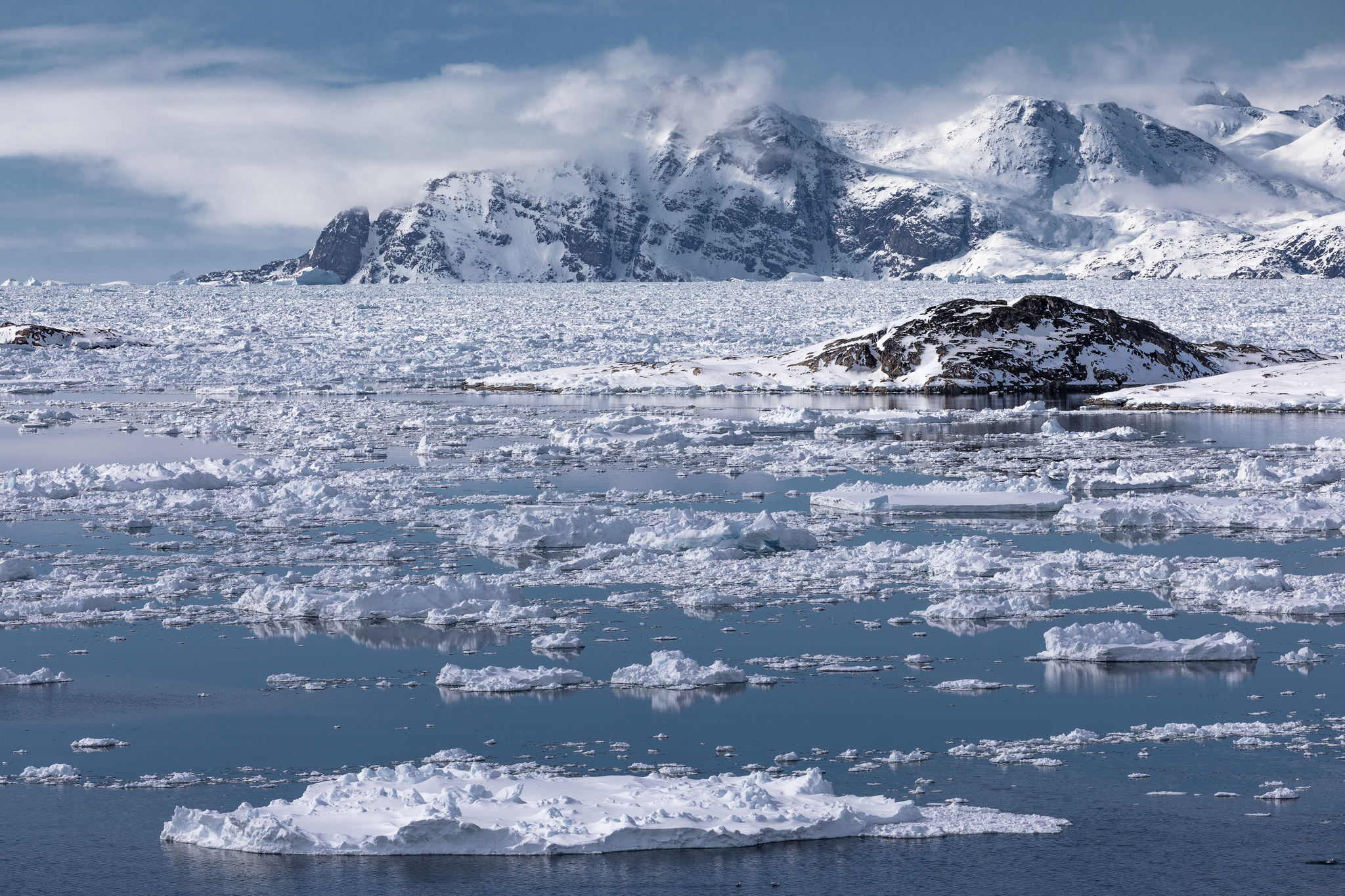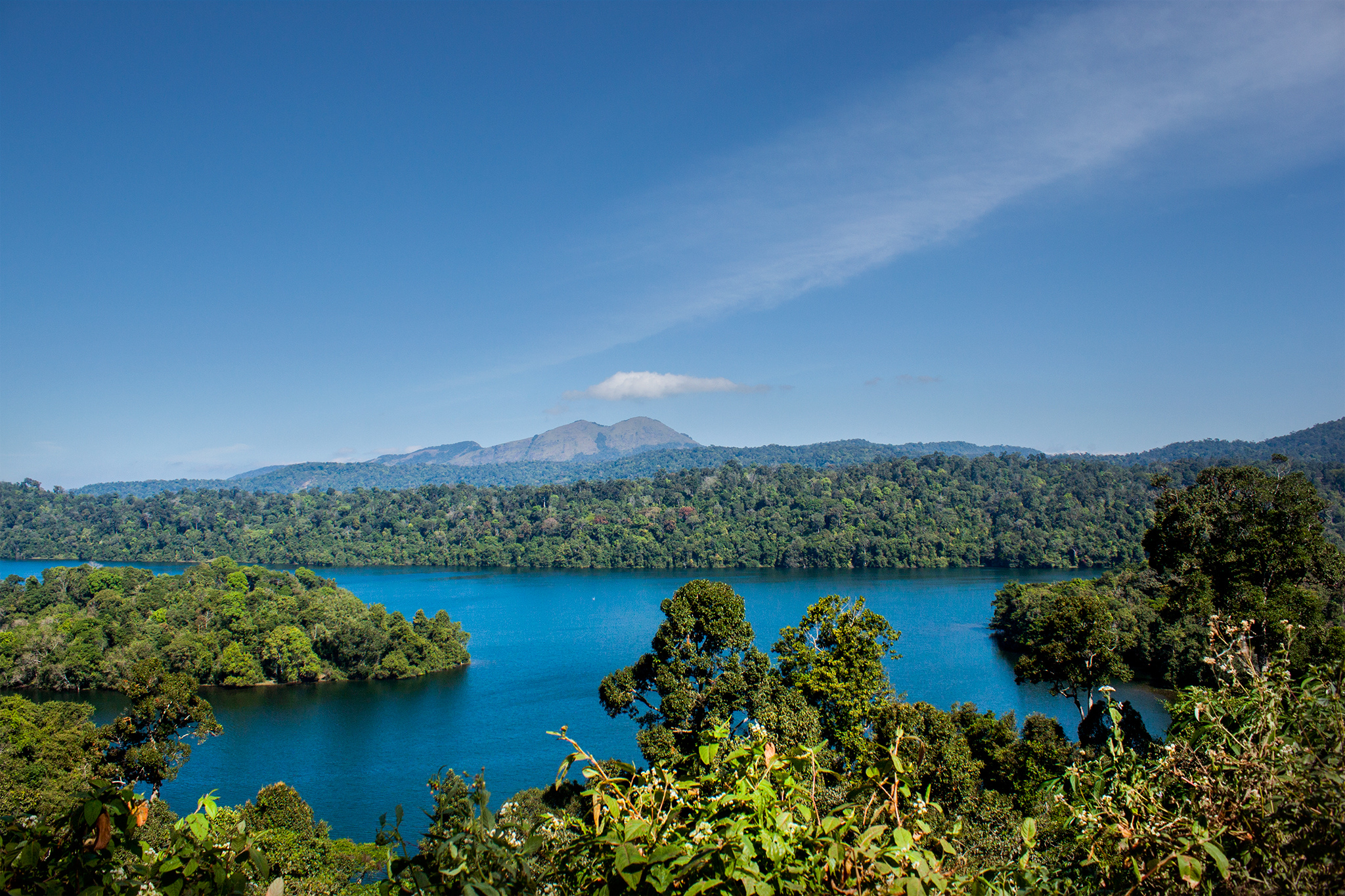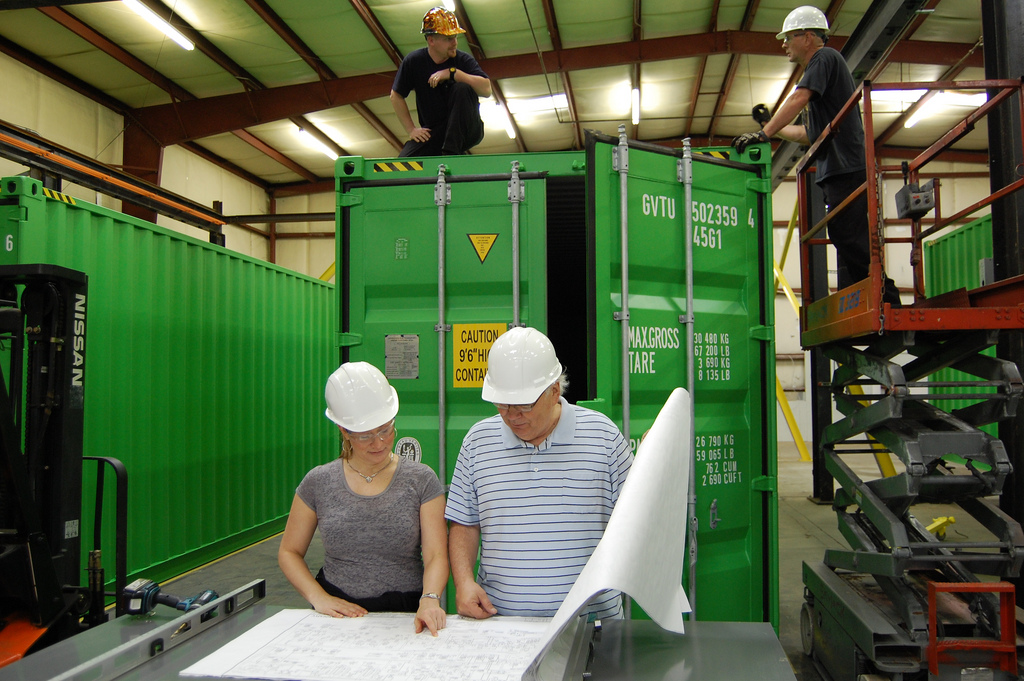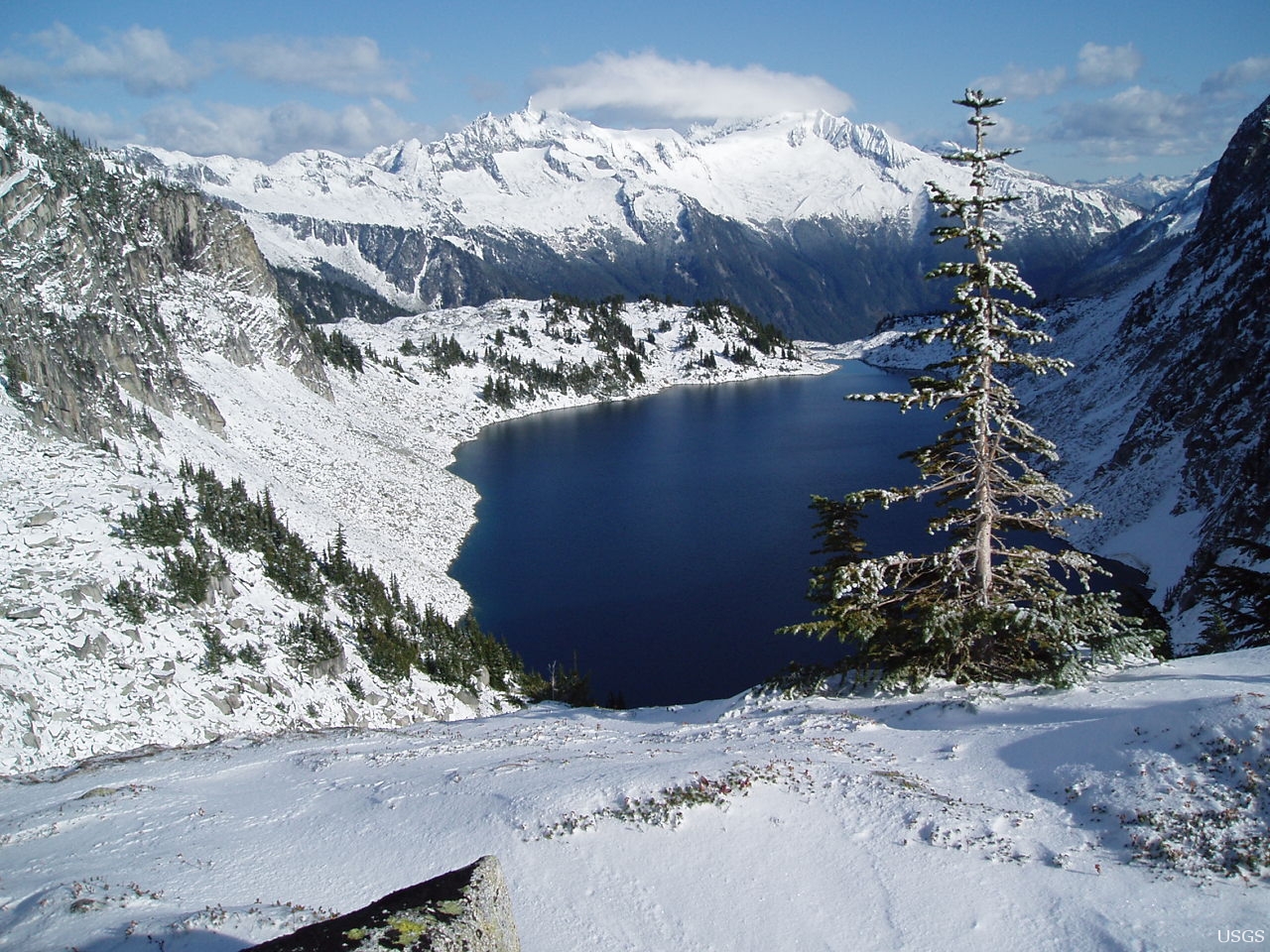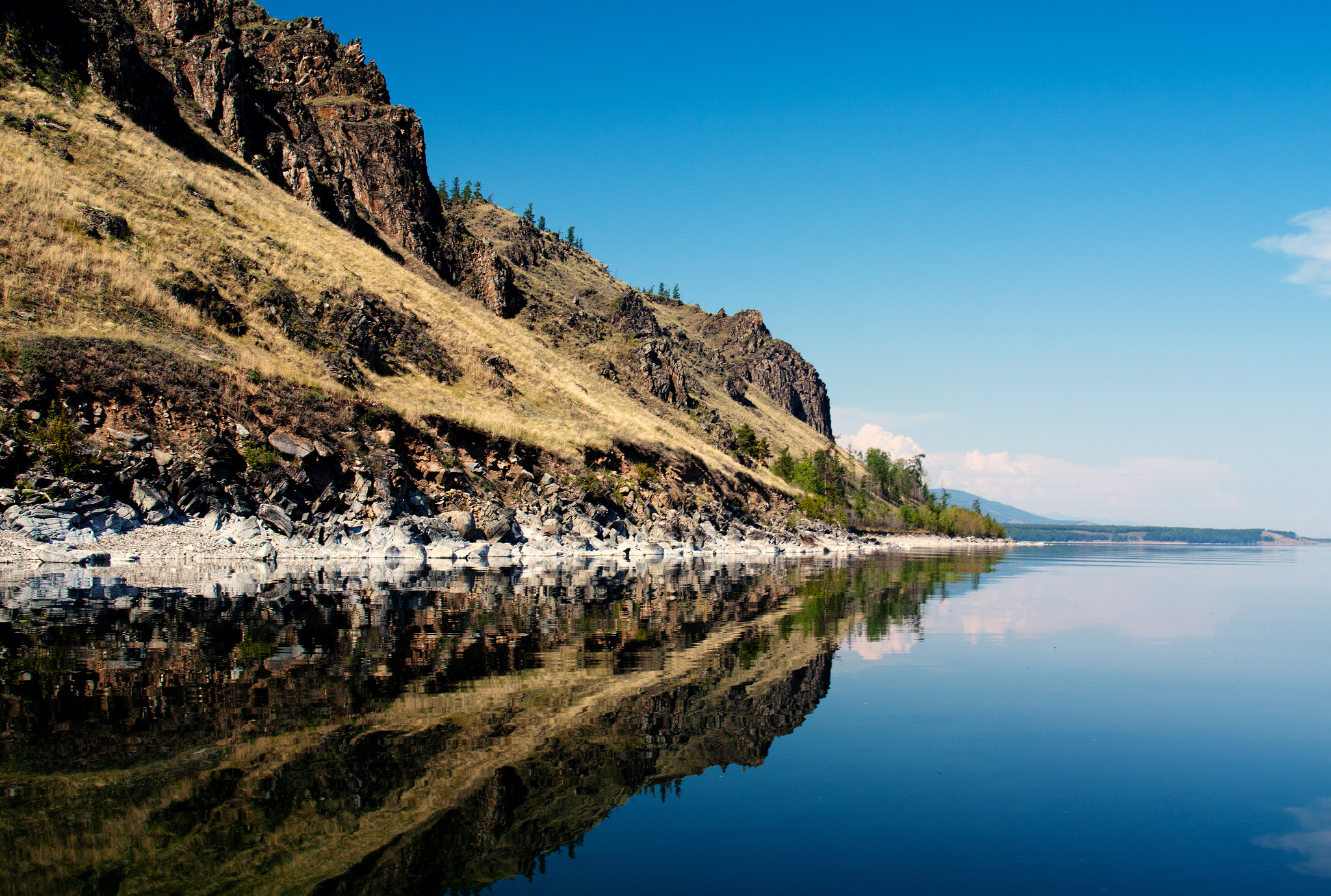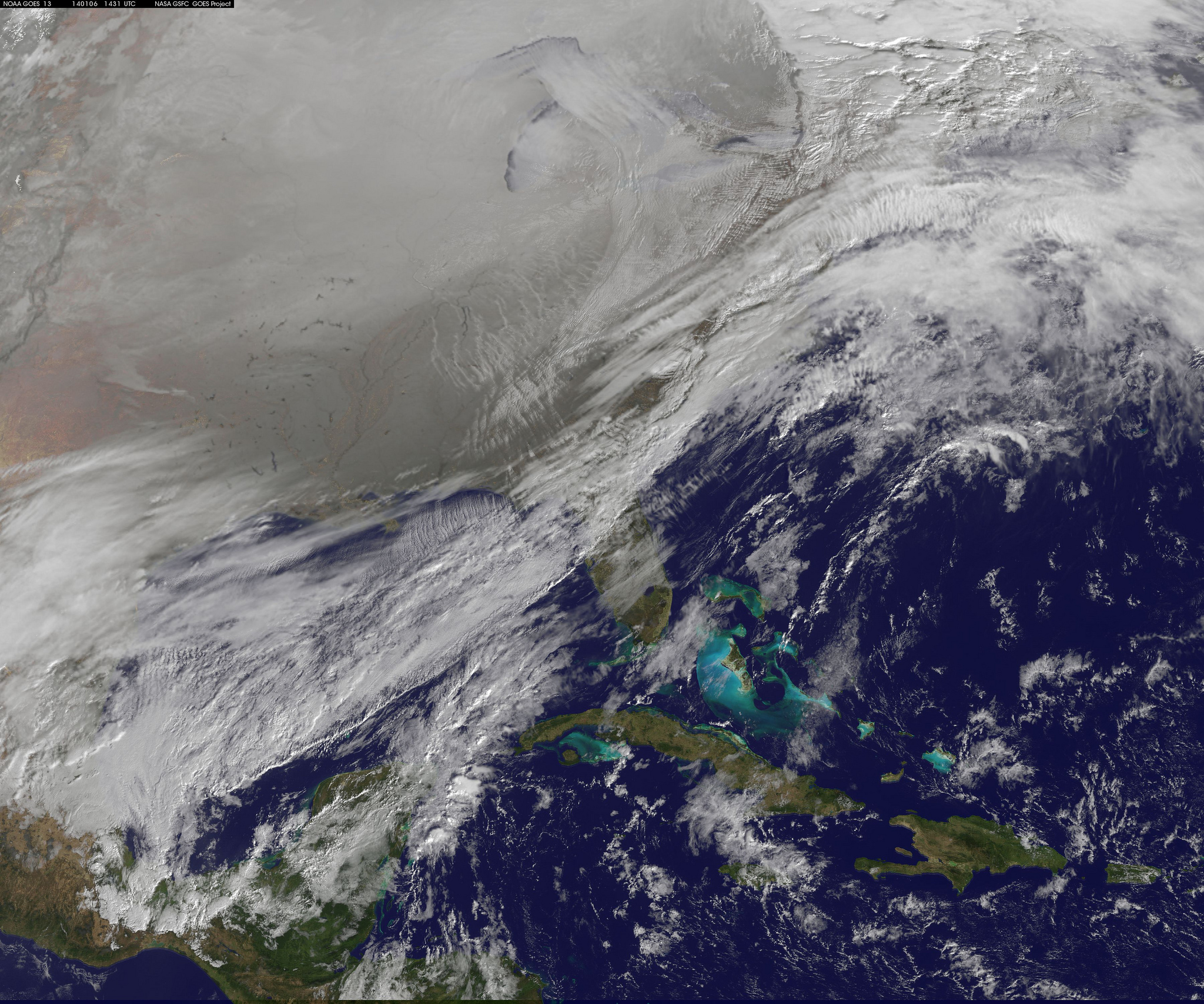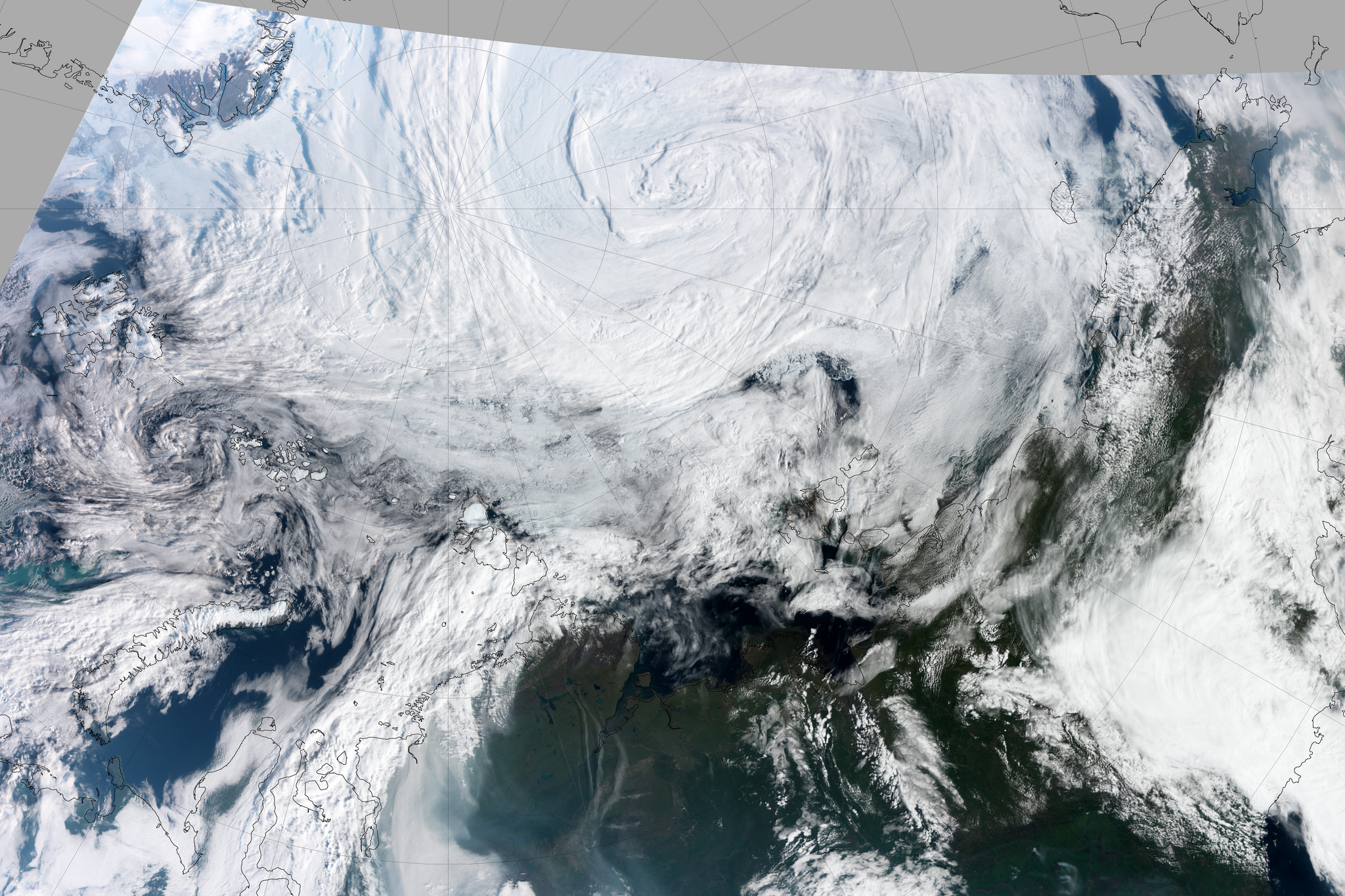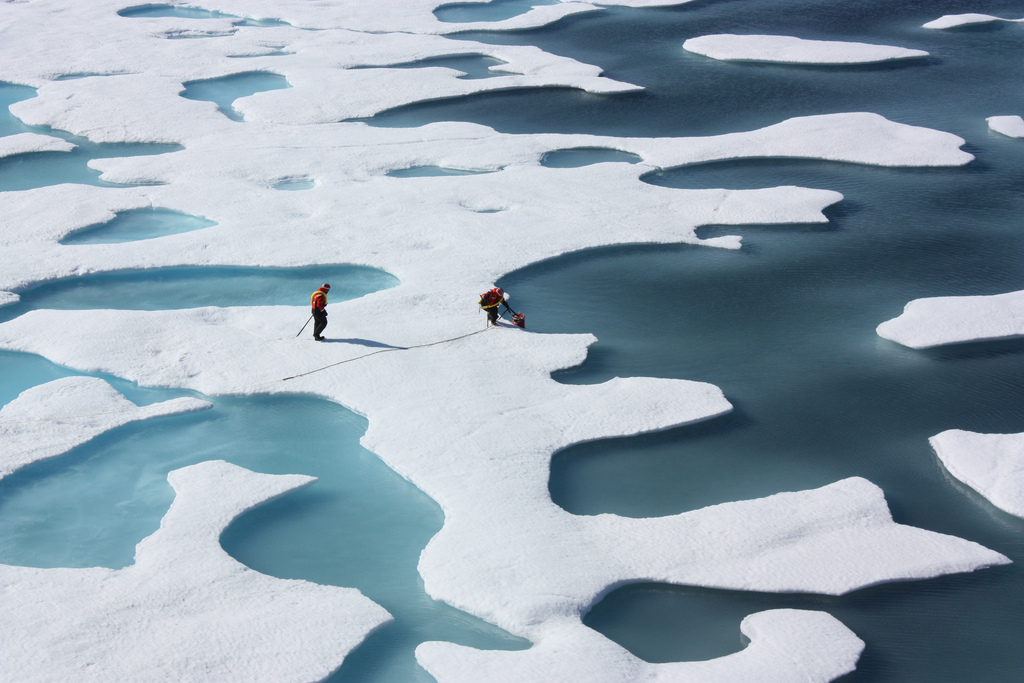temperature
The Effects Of One Degree
In discussions of global warming, we often hear about the effects of a 2-degree rise in temperature or a 1-degree rise in temperature. For most of us, such changes seem pretty insignificant. Of course, in our daily lives, a one-degree temperature change is not particularly noticeable. But in the context of climate change, we are talking about a change in average temperature over time, not the temperature on a particular day or at a particular time.
The Perils Of Air Conditioning
The battle to reduce greenhouse gas emissions is heavily focused on replacing fossil fuel power plants with renewable energy and replacing internal combustion engine autos with electric cars. But there is another elephant in the room: air conditioners.
Genetic Engineering And Conservation
Genetic engineering, or equivalently synthetic biology, is a multi-billion-dollar enterprise involved in pharmaceuticals, chemicals, biofuels and, of course, agriculture. In these fields, it is already the source of a great deal of controversy. But there is increasing interest in using synthetic biology (or synbio) technology as a tool for protecting the natural world, which is a prospect some find tantalizing and others find absolutely terrifying.
Invasion Of The Sea Pickles
Sea pickles are translucent, tubular creatures that are usually found in tropical ocean waters. Also known as pyrosomes, they are actually made up of many small multicellular organisms that are linked together in a tunic to form a tubelike colony that is closed on one end.
Tipping Points
A tipping point is a point in time when a small thing can make a big change happen. The term was popularized in sociology in recent decades, but really comes from physics where is refers to adding a small amount of weight to a balanced object causing it to topple over.
Mapping Risk
The International Union for Conservation of Nature (IUCN) is the global authority for determining species’ vulnerability in the face of threats such as habitat loss and climate change. How widely a species can be found – its geographic range – is a key indicator used by the IUCN to assign an appropriate conservation status.
Ocean Oxygen Levels
When we think of global climate change, what comes to mind? Rising seas? Melting glaciers? Shrinking sea ice? How about diminishing ocean oxygen levels?
A Better Way To Farm Algae
Microalgae biofuels may provide a viable alternative to fossil fuels. Algae efficiently use CO2 and can produce biomass very quickly. Some species can double their mass in as little as 6 hours. Such single-celled organisms are amenable to high-throughput techniques to evolve new strains, unlike terrestrial biomass sources like corn which can take years to modify.
Last Year Was Hot
Last year was not the hottest year on record in the United States; it was only the second hottest. 2012 was the hottest because of some searing heat waves that summer. However, 2016 marked 20 above-average temperature years in a row. The five hottest years recorded have all happened since 1998. Every state had a temperature ranking at least in the top seven and both Georgia and Alaska had their hottest years ever. While it was only the second hottest year on record in the U.S., last year was the hottest year for the entire world.
Climate Change And Heat Waves
2016 was the hottest year on record and saw many extreme weather events. How much of what happened resulted from climate change has yet to be assessed. However, the analysis of 2015 – which was the hottest year on record up until last year – has been presented in a special publication by the American Meteorological Society.
Wind Farms And Ordinary Farms
Farmers in many places have found additional sources of income by allowing wind turbines to be built on their land. One example is the Amazon Wind Farm, which is a massive project of over 100 turbines near Elizabeth City, North Carolina. The 494-foot tall turbine towers scattered over 34 square miles are rising up above farms that grow corn, wheat and soybeans. It is the first utility-scale wind farm in the Southeast.
Record Low Sea Ice
This time of the year, sea ice in the Arctic is on the rise as winter sets in. A combination of unusually high air temperatures and a warmer than normal ocean led to a record low for Arctic sea ice extent in November. In the Southern Hemisphere, Antarctic sea ice extent also hit a record low for the month.
Lake Baikal
Lake Baikal is an ancient and massive body of freshwater found in the mountainous Russian region of Siberia. Deep and voluminous, Lake Baikal holds 20% of the planet’s unfrozen freshwater. And it’s often been described as the world’s cleanest and most pristine lake.
Rising East Coast Seas
Sea levels are rising around the world because of melting ice as well as warming waters since water expands as its temperature goes up. Average sea levels around the world are predicted to rise by about three feet by the end of the century as a consequence of the warming climate.
Extreme Cold And Climate Change
Global climate change is typically referred to as global warming and that name implies that things are getting warmer all the time. Well, the planet as a whole is, as measured by the planet-wide mean temperature, which continues to rise over time.
Hot Times For Santa
Santa Claus may have to change out of that heavy red suit this Christmas. The North Pole, site of his fabled workshop, is seeing historically high temperatures this year. In fact, it is 36 degrees Fahrenheit higher than it has been in past decades. This is a staggering number.
More Ice In Antarctica
Two years ago, NASA reported that the sea ice surrounding Antarctica reached a new record high extent, surpassing levels mapped since the late 1970s. This seemed to be quite contrary to the global warming trend that is leading to the melting of the Arctic and glaciers worldwide. And in fact, it does seem rather puzzling.
Disappearing Arctic Ice
The top of the world is turning from white to blue in the summer. The ice that has long covered the north polar seas is melting away.
The Hottest Month (Again)
NASA data show that the Earth’s temperature in July was the highest recorded since record-keeping began 136 years ago. It was also the 10th straight month of record-breaking temperatures and was .18 degrees Fahrenheit higher than the previous hottest July in 2011.




